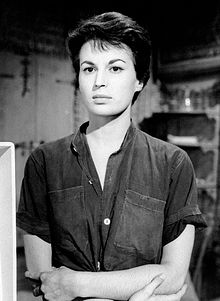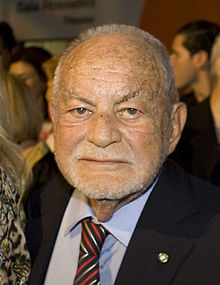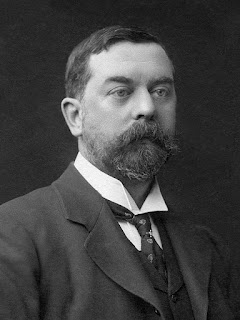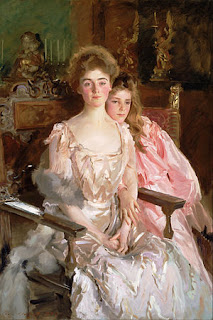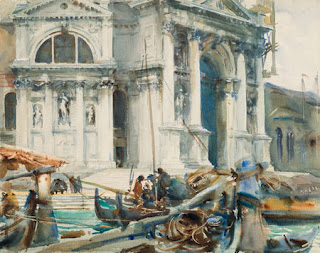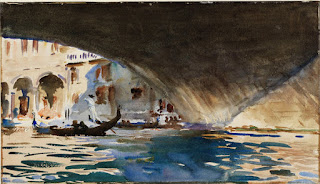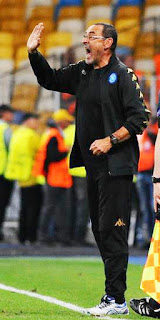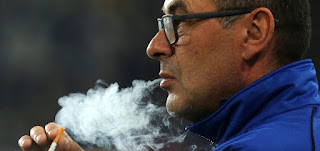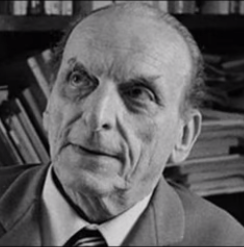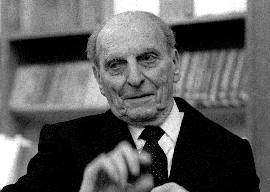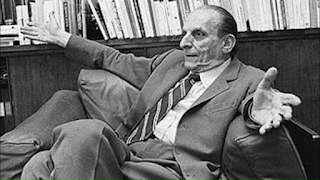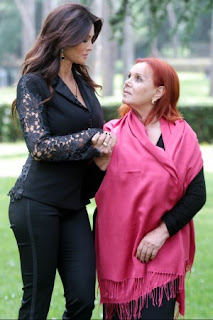Academic gave the world its first system of jurisprudence
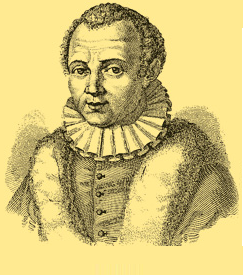 |
| Alberico Gentili moved to London after becoming a Protestant |
He was the first European academic to separate secular law from Roman Catholic theology and canon law and the earliest to write about public international law.
He became Regius Professor of Civil Law at the University of Oxford in England and taught there for 21 years.
Gentili graduated as a doctor of civil law in 1572 from the University of Perugia but was exiled from Italy in 1579 and eventually went to live in England because he became a Protestant.
He taught at Oxford from 1581 until his death in 1608 and became well-known for his lectures on Roman law and his writing on legal topics.
In 1588 Gentili published De jure belli commentatio prima - First Commentary on the Law of War. This was revised in 1598 to become Three Books on the Law of War, which contained a comprehensive discussion on the laws of war and treaties.
 |
| Gentili advised Queen Elizabeth I of England |
Although he rejected the authority of the church, he used the reasoning of the canon law as well as the civil law whenever it suited his purpose.
The Dutch jurist Hugo Grotius, who wrote On the Law of War and Peace in 1625, drew extensively on Gentili’s work.
Legal scholars say Gentili was the first to attempt to provide the world with anything like a regular system of natural jurisprudence.
In 1584 Queen Elizabeth I’s ministers called on Gentili and another expert in international law, Jean Hotman, to advise them on how to deal with the Spanish ambassador in London, Don Bernardino de Mendoza, who was implicated in a conspiracy against the Queen.
De Mendoza was suspected of being involved in the Throckmorton Plot, which was a conspiracy to replace Elizabeth on the throne with her Catholic cousin, Mary Queen of Scots and to restore Catholicism to England.
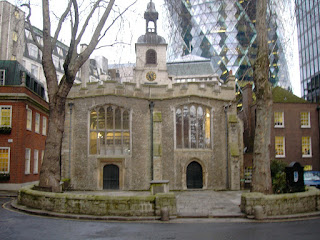 |
| The Church of St Helen Bishopsgate in the City of London, where Gentili is buried |
Gentili and Hotman’s legal advice was that ambassadors were protected by diplomatic immunity ‘infallibly within the sanctuarie of the lawe of nations.’ They said the Privy Council’s only recourse was to order the recall of De Mendoza. Their advice was followed and when Mendoza ignored the order, he was transported to Calais.
From about 1590 Gentili practiced in the High Court of Admiralty in London where continental civil law rather than common English Law was applied.
In 1600 he was called to the Honourable Society of Gray’s Inn, one of the four Inns of Court in London.
Gentili died in London in 1608 and was buried in the Church of St Helen Bishopsgate in the City of London.
 |
| The square in the centre of San Ginesio in the Marche region, where Gentili was born |
San Ginesio, where Gentili was born, is a town of 3,500 inhabitants in the province of Macerata in the Marche region, about 60 km (37 miles), southwest of Ancona. It is surrounded by imposing 14th century castle walls with all the defensive structures of the period still visible. Buildings of note in the town include the Ospedale dei Pellegrini - The Hospital of the Pilgrims of St. Paul - a 13th century building with a low-column portico and loggia,and the Collegiate Church of San Ginesio, which has a noteworthy terracotta decoration attributed to Enrico Alemanno, the only Florentine gothic style work in the Marche region.
 |
| The Piazza della Repubblica in Perugia |
Gentili graduated from the 14th century University of Perugia, in the capital city of the region of Umbria. A stunning sight on a hilltop, Perugia, which was one of the main Etruscan cities of Italy, is also home to a second university for foreign students learning Italian. Some 34,000 students bolster the population each year. Perugia is a notable centre for culture and the arts, hosting the world-renowned Umbria Jazz Festival each July. It also hosts a chocolate festival – Perugia being the home of the Perugina chocolate company, famous for Baci. The artist Pietro Vannucci, commonly known as Perugino, lived in nearby Città della Pieve and was the teacher of Raphael.
More reading:
The medieval lawyer who wrote more than 3,000 opinions
Giuseppe 'Peppino' Prisco - lawyer and football administrator
The feast day of Ercolano, patron saint of Perugia
Also on this day:
1451: The birth of Franchino Gaffurio
1883: The birth of dress designer Nina Ricci
1919: The birth of political survivor Giulio Andreotti
Home

